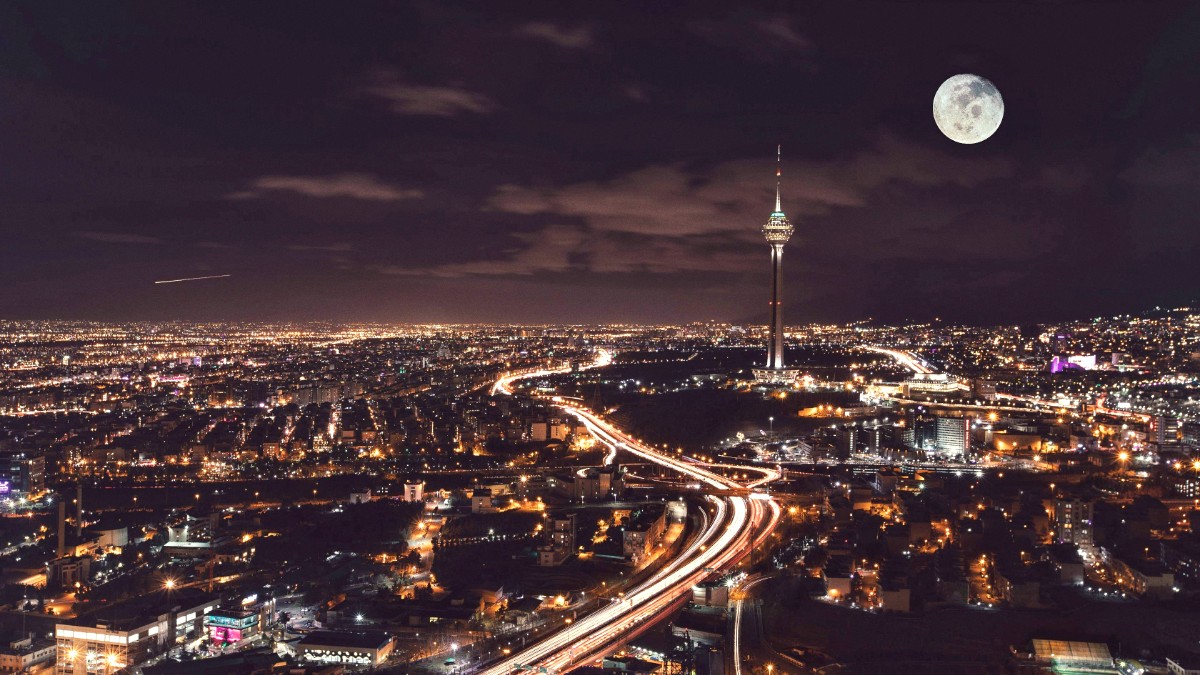
Iran
The Tehran Metro is an extensive, efficient, and clean subway system. It is the most advised way for tourists to navigate the city, especially during peak traffic periods.
The metro includes multiple lines covering most major areas and attractions. Tehran also features a vast bus network, including the Bus Rapid Transit (BRT) system with dedicated lanes and regular city buses.
Metro maps are present at stations and online. Important interchange stations include Imam Khomeini Square, Darvazeh Dowlat, and Teatr-e Shahr.
A Tehran Card (electronic ticket card) is advised for both metro and bus. Purchase and recharge at metro stations for convenience.
Public transportation in Tehran, especially the metro, has limited accessibility for travelers with mobility challenges. Many stations lack elevators or ramps.
Yellow or green taxis are licensed. Hail them on the street or find them at designated stands.
Savari (shared taxis) are common for specific routes, picking up multiple passengers. Confirm fare first.
Snapp and Tapsi are popular apps, similar to Uber. Highly advised for convenience and fixed pricing.
Cash (Rials or Tomans) is the only accepted payment method for all taxi services.
Taxis provide direct transport, and ride-sharing apps present convenience and pricing transparency.
Car rental through local agencies is possible but unadvisable for tourists due to challenging driving conditions.
Motorcycle and scooter rentals are not typically available or advised for tourists in Tehran's traffic.
Tehran is not bicycle-friendly; infrastructure remains limited. Rentals are not widely available for tourists outside of parks.
Driving in Tehran can be chaotic.
Laleh Park, Mellat Park, and Jamshidieh Park feature pleasant walking environments.
Local tour operators sometimes present guided walking tours focusing on history, food, or specific neighborhoods.
Tehran's urban layout and heavy traffic do not make it a very bicycle-friendly city for tourists.
Tehran's public transit, especially the metro, stands out as an efficient and affordable way to explore.
Embrace ride-hailing apps for direct journeys, and remember to always carry local currency.